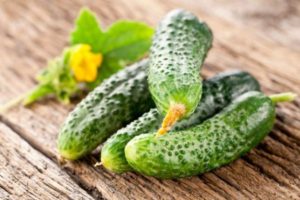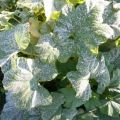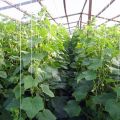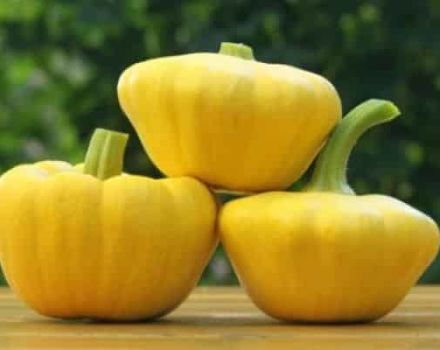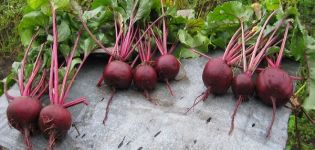Description of the Paratunka cucumber variety, cultivation and yield
In 2006, the cucumber Paratunka f1 was launched on the market - a worthy result of the work of breeders of the agricultural firm "Semko-Junior". The hybrid pleased vegetable growers with a good set of qualities and quickly gained popularity.
The manufacturer gives a rather promising description of the variety:
- early maturing (40-43 days);
- high-yielding;
- parthenocarpic;
- medium-branched bush, medium-sized;
- unpretentious and stress-resistant;
- short-fruited (8-10 cm);
- cucumbers without bitterness, tasty, suitable for canning;
- high transportability;
- resistant to major diseases;
Growing
The hybrid, according to the description and reviews of gardeners, is quite unpretentious in care. But in order to unleash the full potential of the Paratunka f1 cucumber variety and get the promised 14-17 kg / m², you need to fulfill the basic agrotechnical conditions.
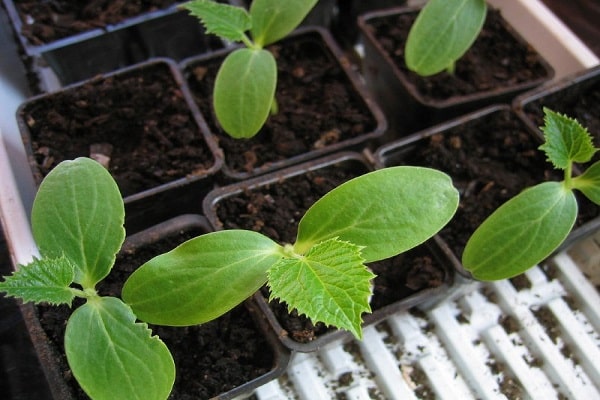
Initially, the variety was bred for planting in greenhouses, but it turned out that it is able to show good results in the open field. Especially if you do not sow seeds immediately in the beds, but first grow seedlings. Fortified bushes tolerate slight cold snaps well, and fruiting persists until frost.
It is important to observe crop rotation and not plant cucumbers in one place for two years in a row.. Cucumbers feel best in the garden after cabbage, onions, garlic, herbs, legumes, root crops.
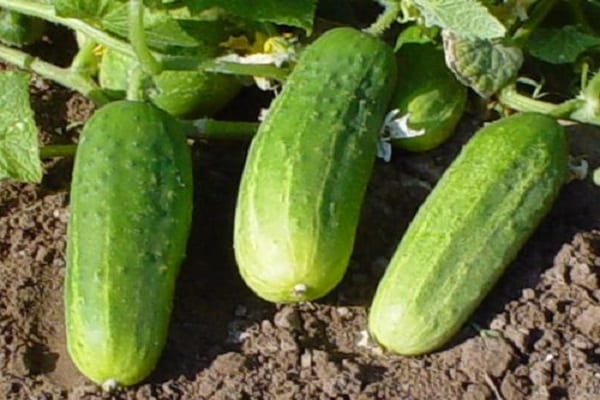
Seedling
At the end of April, the soaked and hatched seeds of Paratunka are sown in separate peat or plastic glasses with a volume of 400-500 ml. The soil mixture is prepared nutritious and light. Most often, crushed peat, compost, humus, rotted sawdust and garden soil are used, mixed in approximately equal amounts. It is advisable to supplement the composition with ash (200 g per 10 liters of the mixture).
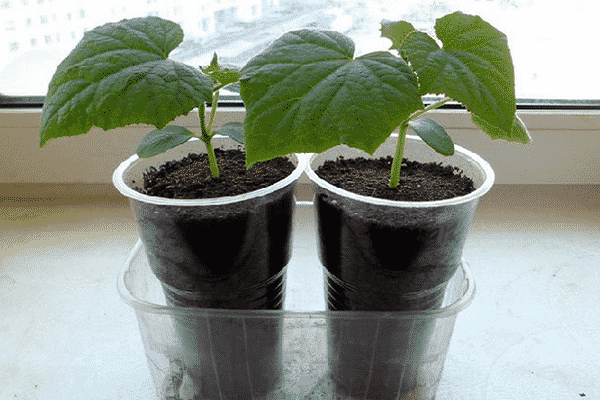
Temperature regime
Cucumbers germinate in a warm and humid environment. A temperature of 24-25 ℃ is optimal for the beginning of the life of Paratunka sprouts. After emergence, the temperature should be slightly reduced. At 20-21 ℃, the root of the plant develops evenly, and the aerial part does not stretch too much.
Planting seedlings of Paratunka cucumbers in the ground occurs after the appearance of 3-4 true leaves, usually 3 weeks after germination.

Bush formation
The Paratunka hybrid requires a different bush formation, depending on the growing method. A medium-sized and medium-branched bush declared by the manufacturer can reach 2-2.4 meters. The ovary is formed in the internodes in small bundles of 2-3 pieces. The Paratunka hybrid is a parthenocarpic, therefore it does not depend on insect pollination and most of the flowers are tied by cucumbers.
Since the bushes of this variety are quite voluminous, it is better to plant no more than 3-4 per square meter with the trellis method and 2-3 when grown without support.

Tapestry method
If cucumbers are grown on trellises, then it is necessary to remove flowers and shoots up to 4-5 leaves and pinch the growing point. This will provide the plants with normal ventilation and the bushes will have time to get stronger before the start of fruiting. The first two lateral shoots are pinched after the second leaf. After the branch of the hybrid has reached the top of the trellis, the growth point is cut off.

Growing without support
When growing Paratunka cucumbers without support, in addition to pinching, you can drop in some branches. The hybrid is easily rooted and this allows you to strengthen and update the root system. Cucumbers are mulched with rotted sawdust and peat. It is better to sprinkle the base of the stem higher, this will help to avoid exposing the root.
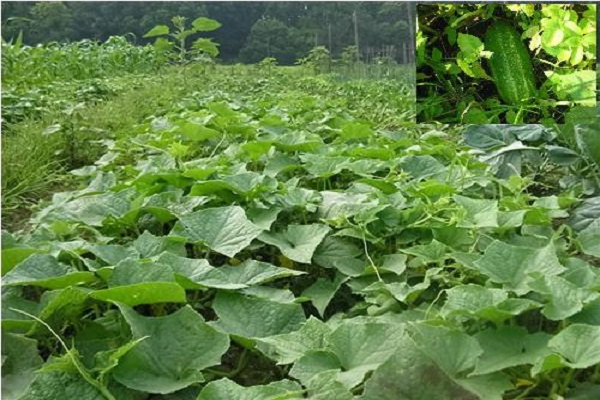
Bush update
Paratunka cucumbers respond well to the renewal of the bush. Yellowed leaves and fertile branches should be regularly removed with a sharp knife or pruner, pinching the growth points of the stepsons. The plant will actively give new shoots and ovaries, delighting with the harvest until the frost.
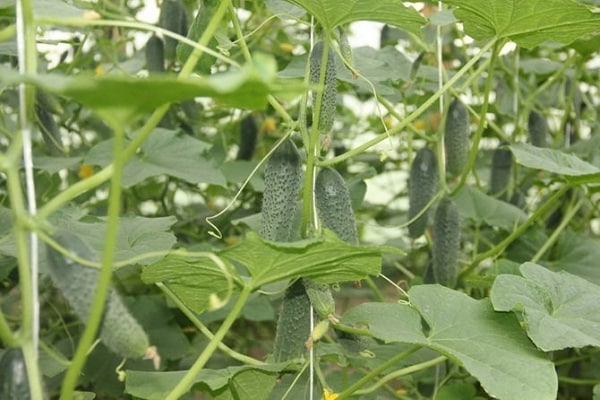
Watering
Although Paratunka is quite unpretentious and stress-resistant, the declared 12-17 kg / m² of yield cannot be obtained without sufficient watering. Cucumbers are a moisture-loving crop with a superficial root system.
The genetically inherent capacity of the hybrid for high yields requires a regular and abundant supply of water. Water the Paratunka cucumbers with warm water in the evening or in the morning. The superficial root can be easily disturbed with a jet of water, so it is best to use a spray attachment or a watering can.

Top dressing
Without timely fertilizing, a hybrid, even planted in a soil saturated with organic matter, will feel a lack of minerals, especially during periods of active growth and fruiting.
Vegetable growers respond well to feeding cucumbers with mullein or bird droppings. You can use ready-made complex mineral fertilizers according to the instructions. There should be at least 3-4 feeding per season.

Diseases and pests
Breeders are trying to lay in modern hybrids resistance to the main diseases of the culture. Paratunka cucumbers were protected from:
- virus cucumber mosaic;
- powdery mildew;
- olive spot;
- introduced tolerance to bacteriosis.
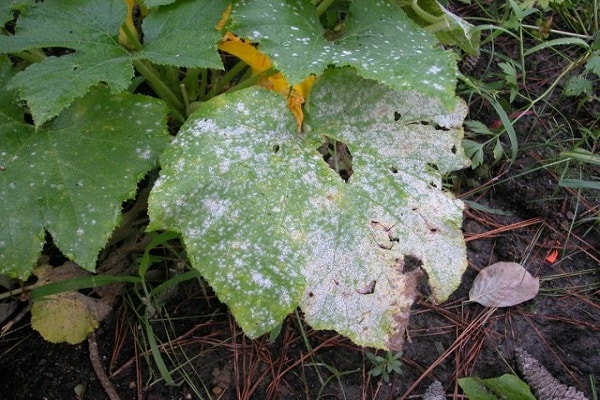
Subject to proper crop rotation and exclusion of stagnant air and moisture, the hybrid, according to vegetable growers, is distinguished by good stability and health.
Harvest
After 40-42 days, after germination, the Paratunka hybrid begins to give the first crunchy cucumbers. Regular harvesting at least once every 2-3 days stimulates the pouring of neighboring fruits and the appearance of a new ovary.
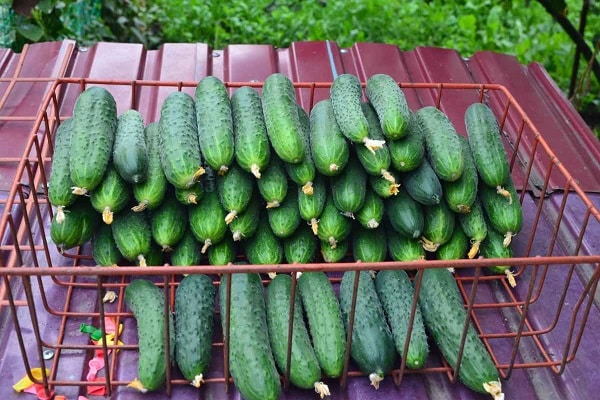
Cucumbers are green, medium-sized (80-100 g), cylindrical in shape with small tubercles and thorns. Bitterness is excluded genetically, the pulp is juicy, aromatic, without voids. Zelentsy keep their shape well during conservation and delight with excellent taste.
The Paratunka hybrid tolerates transportation well and is popular in trade. For many housewives, this variety of cucumbers has become the main choice for preparing blanks for the winter.



